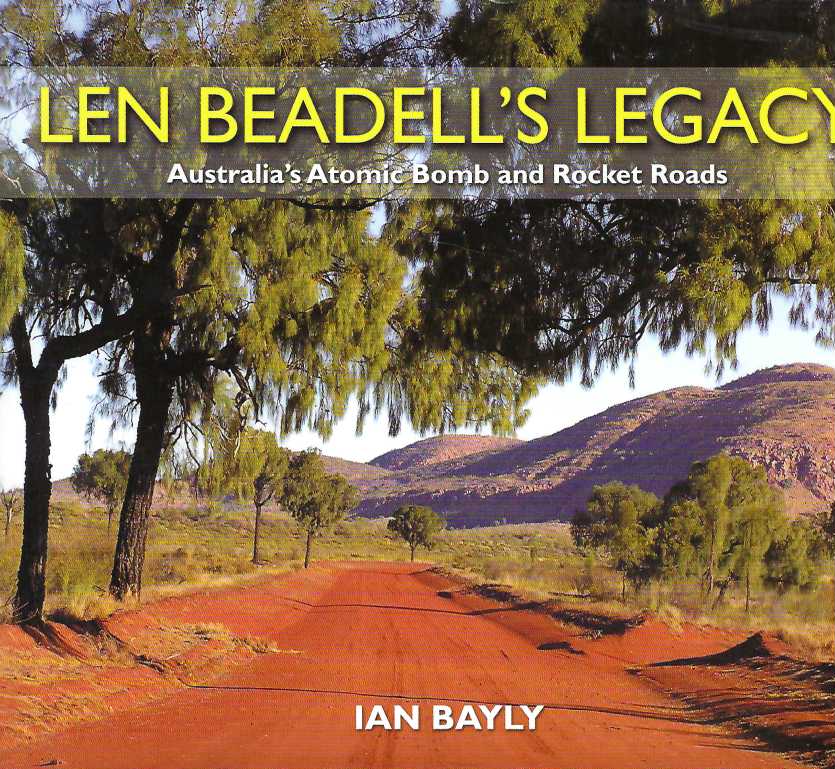In June 1952, Len Beadell was called to a secret meeting in Salisbury, South Australia, and informed of the decision to explode an atomic bomb in Australia. He was set the task of finding an appropriate site. After exploring country to the west of Coober Pedy, he found an unnamed claypan (later called Emu) which the military approved as being suitable. It was close to the Emu Claypan that atomic bombs (Totem 1 and 2) were exploded on 15 and 27 October 1953. Even before the first of these two bombs was exploded, Beadell was asked to find a second site closer to the Trans Australian Railway. This second site was ominously called Maralinga (Aboriginal for thunder), and it was here that between 27 September 1956 and 9 October 1957 seven atomic bombs were exploded.In November 1955, after the experience of surveying and constructing the Emu and Maralinga sites and their associated access roads, Beadell headed a group that became known as the Gunbarrel Road Construction Party. Despite their relatively slender resources, this group was responsible for the construction of a remarkable system of roads through remote, mainly desert country to the west of the Stuart Highway. The first part of the Gunbarrel Highway, from Victory Downs station (close to the Stuart Highway) to Giles, was built between November 1955 and March 1956, and the second section from Giles to Carnegie Homestead was completed in November 1958. Other roads constructed were the Mount Davies Road (1956 & 1957), Sandy Blight Junction Road (1960), Gary Junction Road (1960 & 1963), Anne Beadell Highway (mostly 1961 & 1962), Voles Hill-Cook Road (1961), Connie Sue Highway (1962), Gary Highway (1963), Callawa Track (1963) and Tallawana Track (1963). The work of the Gunbarrel Road Construction Party came to an end when they reached the ruins of old Tallawana Homestead on 6 November 1963. Over a period of almost exactly eight years, this gallant group had constructed about 6,000 kilometres of roads. This book describes the extraordinary adventures and difficulties faced by Len Beadell and his group. Beadell showed remarkable courage and resourcefulness during his long and arduous solo reconnaissance trips. It was on one of these that he came very close to losing his life in March 1958.
144 p. : col. ill., map ; 20 cm x 24 cm. #0721
Beadell, Len, 1923-1995. | Surveyors — Australia — Biography. | Roads — Australia, Central — Design and construction. | Atomic bomb — South Australia — Maralinga — Testing. | Australia, Central — Description and travel — 1951-1975.
